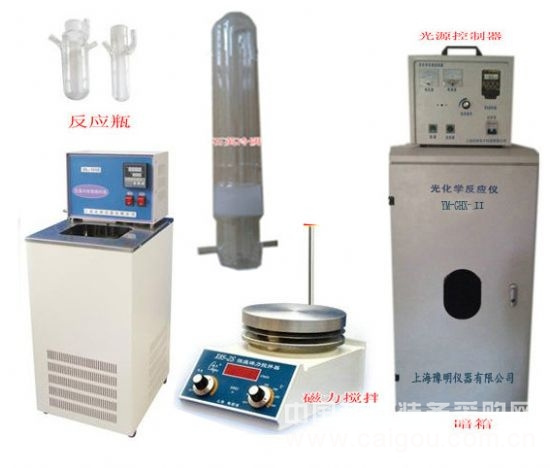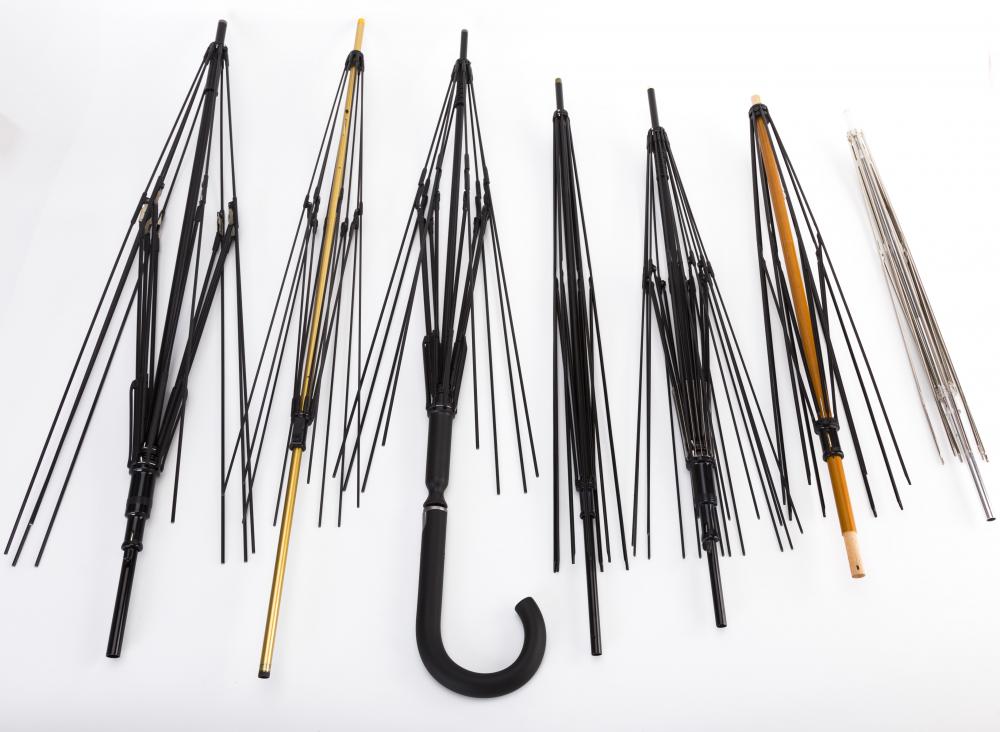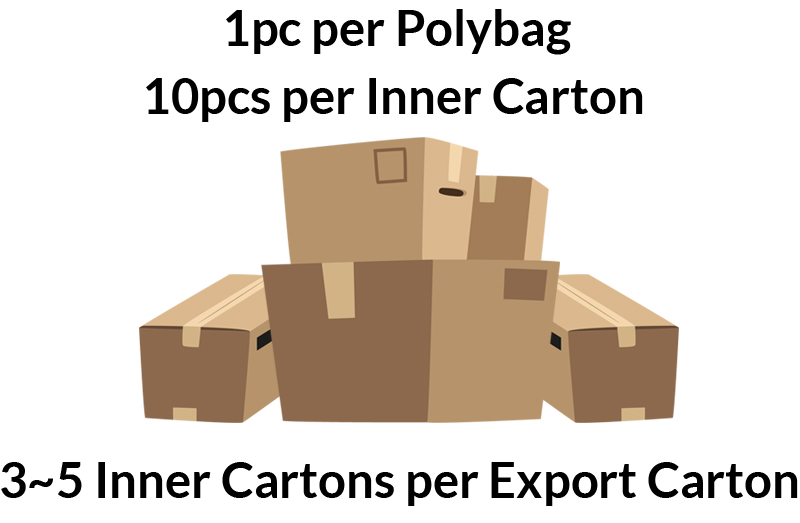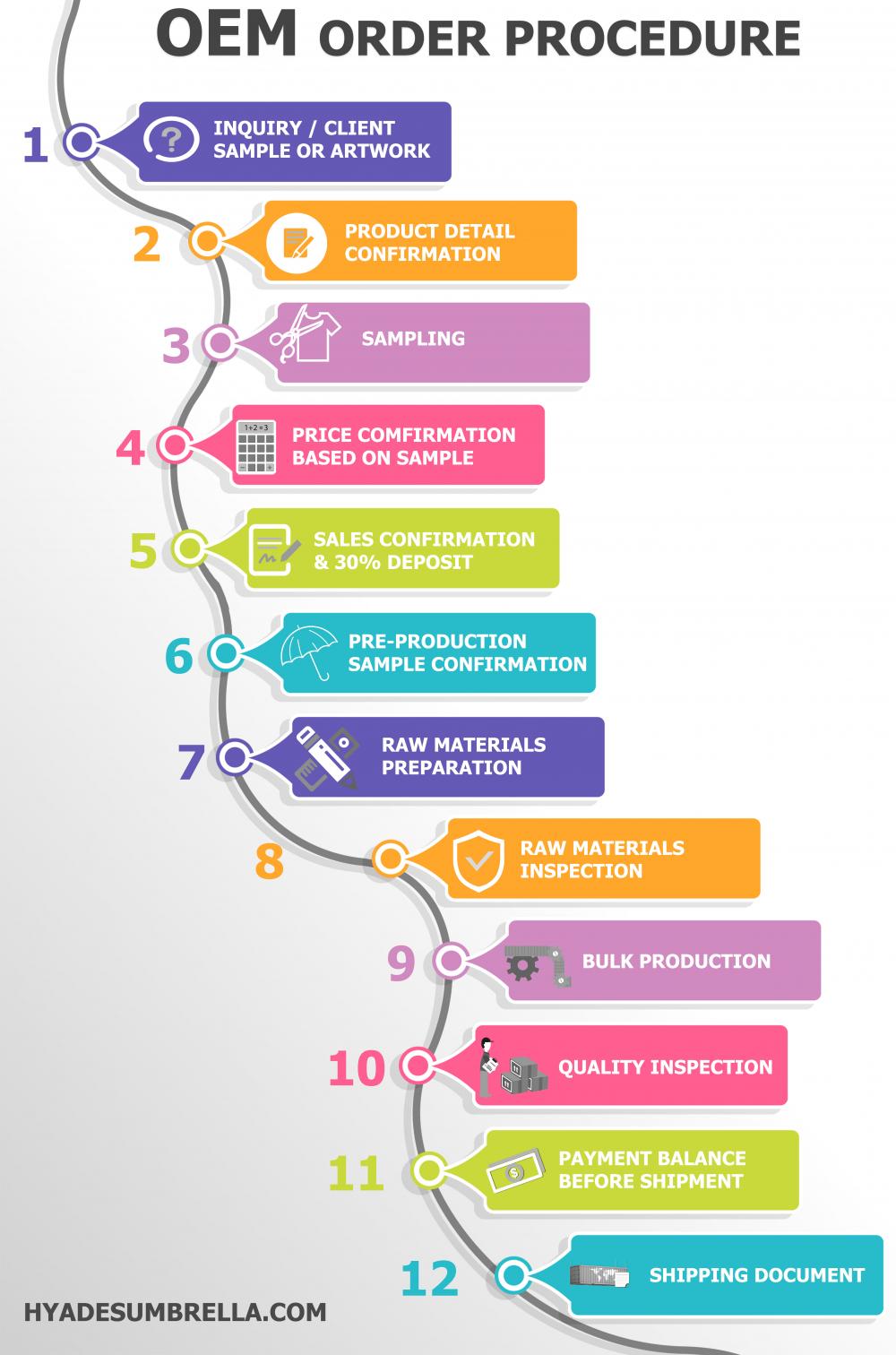Photochemical reactor is an inevitable product of the development of this era
Photochemical reactors and biotransformation for hydrogen production are becoming an effective method for the use of new photochemical reactors, and have attracted great attention from academic and industrial communities around the world. There are three main ways for hydrogen production from photochemical reactors and biological conversion: chemical catalytic conversion, simulated enzyme conversion, and biological enzyme conversion to produce hydrogen. After more than 30 years of research, the quantum efficiency of the photochemical reactor for the decomposition of water to hydrogen has exceeded 50%; the quantum efficiency of the decomposition of water to hydrogen in the visible region has reached 2.5%, and recent reports have been close to 5%, which is 10% away from the industrialization goal It is no longer distant; in addition, the quantum efficiency of the photochemical reactor to decompose hydrogen sulfide to produce hydrogen in the visible light region reaches 40%; the quantum efficiency of the photocatalytic reforming biomass to produce hydrogen in the visible light region reaches 15%, which has potential industrialization prospects. The research results in the above three directions show that, after years of development, important progress has been made in the research of photochemical reactors and bioconversion hydrogen production.
The use of photochemical reactors to convert biomass to hydrogen (C6H12O6 + 6H2O? 12H2 + 6CO2) is a way to efficiently convert and use biomass. The energy provided by biomass has always been an important energy source for human survival, second only to coal, oil and natural gas, and is the fourth largest energy consumption in the world. It is estimated that by 2050, photochemical reactors using various new biomass alternative fuels produced by new technologies will account for more than 40% of the world's total energy consumption. At present, the hydrogen production technologies of photochemical reactors mainly include partial oxidation hydrogen production, rapid high-temperature pyrolysis hydrogen production, pyrolysis-catalyzed steam reforming integrated hydrogen production, and supercritical water biomass catalytic gasification hydrogen production. These photochemical reactor technologies have the disadvantages of high energy consumption, complex process equipment, many by-products, and difficulty in separation and purification of hydrogen. At the same time, due to the thermodynamic limitation of these high-temperature hydrogen production processes in photochemical reactors, the gas products are inevitably accompanied by the generation of CO with thermodynamic advantages, and their concentration values ​​far exceed the allowable values ​​of fuel cells. This requires a series of water vapor conversion, methanation and other processes to reduce the CO content, further increasing the complexity of the biomass hydrogen production process. It is possible to avoid the above-mentioned problems by using photochemical reactor to photo-convert biomass to produce hydrogen, which has great scientific significance and application value.
The quantum efficiency of TiO2 catalyst for photolysis water in photochemical reactor is only about 0.1%. After continuous research and exploration, the most active photocatalyst reported in 2003 in the ultraviolet region, namely La-doped NaTaO3 catalyst, decomposes the quantum efficiency of water Reached 56%. The results of this study indicate experimentally that the quantum efficiency of the photochemical reactor into hydrogen can exceed 50%. Since the ultraviolet region on the ground occupies only 5% of the solar spectrum, the key to improving the utilization rate of the photochemical reactor is to develop a visible light-responsive photocatalyst, because the visible region accounts for more than 40% of the solar spectrum. Since 2000, scientists of photochemical reactors have begun to vigorously develop photocatalysts that show activity in the visible light region. The visible light catalysts with the highest efficiency reported in 2006. The quantum efficiency of photochemical reactors for the decomposition of water to produce hydrogen without any sacrificial agent Reached 2.5%. The recently reported quantum efficiency is close to 5%. According to the evaluation of the Ministry of International Trade and Industry of Japan, when the quantum efficiency of the catalyst to decompose water to produce hydrogen under visible light irradiation is more than 10%, it has practical value for hydrogen production in industrial photochemical reactors.

At present, fossil resources account for more than 90% of the energy structure of photochemical reactors, and the consumption of fossil resources as energy sources inevitably causes CO2 emissions. For example, the combustion of coal: C + O2 → CO2. To fundamentally solve the problem of CO2 emissions, photochemical reactors must reduce the consumption of fossil resources as energy sources. Another way to mitigate CO2 emissions is to capture, store, and transform CO2, where the conversion of CO2 to make it a useful resource is the most attractive measure.
The catalytic hydrogenation of CO2 can be converted into alcohols and other bulk chemicals. The photochemical reactor technology is relatively mature, but the key issue is the source of hydrogen. If hydrogen is still obtained from fossil resources, the whole process is meaningless because the net CO2 emissions are not reduced. If the hydrogen is converted from the photochemical reactor, this approach becomes very meaningful. Therefore, it is of great academic and practical significance to couple hydrogen production from photochemical reactors with CO2 emission reduction
The use of photochemical reactors to transform and eliminate pollutants and produce hydrogen at the same time is a one-shot process. It not only solves environmental problems, but also produces hydrogen. In the chemical and biochemical industries, the discharge of high-concentration pollutant wastewater is the main cause of water pollution. In photochemical reactors, most of these pollutants are organic and inorganic substances, which have high energy content. The photochemical reactor can be converted into harmless substances such as H2 and CO2 through water reforming reaction. For example, wastewater from the paper industry contains a large amount of cellulose lignin, biochemical industrial processes emit large amounts of sugar and other biological macromolecules, and photochemical reactors emit large amounts of harmful substances such as hydrogen sulfide in the petrochemical industry.
At present, some countries in Japan and Europe have begun to report research work in this regard. China has a good foundation in the photocatalytic elimination of pollutants, but there is not much research work on photocatalytic elimination of pollutants and simultaneous production of hydrogen. Recently, Dalian Chemical has made great progress in the research of photocatalytic reforming of H2S to produce hydrogen and direct decomposition of H2S to produce hydrogen (H2S → H2 + S or H2S + H2O → H2 + SOx2-).
Hydrogen production in photochemical reactors is still some distance away from the large-scale application process, but in the research process of large-scale hydrogen production, early research on coupling with fuel cells and coupling with CO2 emission reduction will make the research goal of photochemical reactor hydrogen production more It is clear and will promote the development of hydrogen production in photochemical reactors on a large scale. The research of coupling technology also puts forward the requirements for the catalytic system (regardless of chemistry or biology) of the photochemical reactor to make the development of the catalytic system more reasonable.
The Straight Umbrella is also called a Stick Umbrella, a Long Umbrella or a Walking Umbrella. It is the most classic and elegant umbrella among other styles. Its aesthetically design presents one's great taste. We also not only focus on the appearance, but also pay extra attention to the functional side of Straight Umbrella. It can withstand strong gust of winds, heavy rainfalls or blocking nasty UV. It is also a great item for promotional purpose or advertising on important events.
Our Straight Umbrella is known for fine detail and craftsmanship. Your design is carefully taking care by our skillful workers. They are capable of carrying out the complicated tasks, such as pico lace, ruffle, frilling, overlock and so on. The pattern or logo can be processed by printing and embroidery on an umbrella.
Straight Umbrella with embroidery

Straight Umbrella for Lady

Whether you are a wholesaler, retailer or small business owner, our high quality Straight Umbrella is a great collection to enhance your product range and improve your business.
Material and Quality:
Our Straight Umbrella uses specialized waterproof and water-repelling coated fabric. We have many styles, colors and a large fabric range from which to choose. Fabric types are included Cotton, Polyester, Nylon, Rip-stop, Yarn-dye, and etc. Some of them are made in Japan or in Taiwan.
Waterproof and Water-repellent fabric:


The Straight Umbrella is either manual open or automatic open by simply pushing a button. We select the highest specification materials for the frame. The frame is made using carbon fiber, aluminum, fiberglass and steel.

The handle is always the first thing to be noticed with an umbrella. We have made a wide range of handle designs available, using wood, bamboo, genuine leather, PU leather, and plastic.

OEM and Order Quantity:
We have been operating as one of the leading high end umbrella manufacturers in the world for over 30 years. We are well known for our OEM work, along with producing many designer brands.
We can provide customization for your designs and logo. What a great way to present your company to the world! A prestige product with your own company logo – give your company the class and style it deserves.
Flexible in order volume - orders can be in LCL or full container - MOQ can be discussed accordingly.
Straight Umbrella Type:
Our comprehensive Straight Umbrella lines include - Manual Open Straight Umbrella - Auto Open Straight Umbrella , and Dual Layer Straight Umbrella. They come in many sizes and weights and of course they all are of exceptional quality and appearance. Our reputation has been built on quality, design and service – all at a competitive price.
Packaging:
Each straight umbrella is packed in a clear poly bag. Ten pieces per inner carton - 3 or 5 inner cartons per standard export carton.

Umbrella Order Procedure:

About us:
Hyades Umbrella is a one-stop company that provides Support, Knowledge and Advice for your umbrellas. It is important to work with a company that has in depth knowledge of umbrella manufacturing. To ensure all technical elements are communicated accurately, we can provide precise specification sheets including materials, color swatches, samples as well as pre-production samples so the bulk production meets your design.
We are a Taiwanese company specializing in manufacturing various upmarket and designer brand umbrellas. Our company's mission is to achieve the highest standard of quality in the field and to go above and beyond our client's expectations. Our product range from straight umbrella, Folding Umbrella , Auto Open And Close Umbrella, through to Golf Umbrella ; from Kids Umbrella ; from Mens Umbrella to Women's Umbrella .
Our Manufacturing Process:

Straight Umbrella
Straight Umbrella,Monsoon Umbrella,Auto Open Straight Umbrella,Dual Layer Straight Umbrella
Hyades Umbrella Co., Ltd. , https://www.hyadesumbrella.com